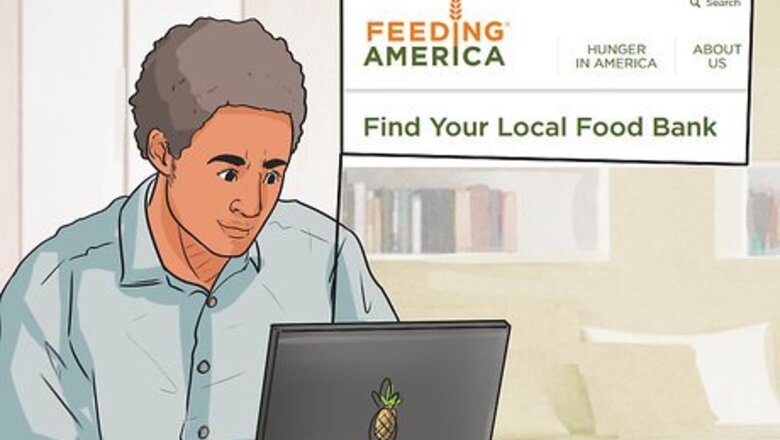
views
Managing Immediate Concerns
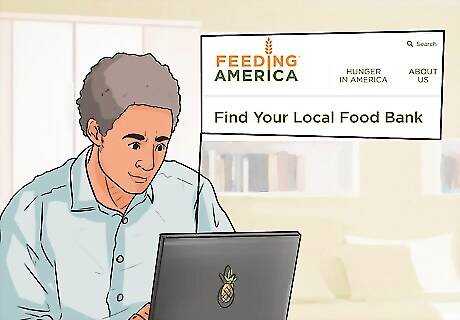
Locate emergency food pantries and soup kitchens. Homelessness is a grave misfortune, and homelessness with children compounds that misfortune, but starvation is an order of magnitude worse. Before anything else, make sure that you and your children are fed. Local churches, particularly churches in downtown districts and rural areas, often operate food banks or soup kitchens. These can be a good source of aid to help you get back on your feet as well. A US nationwide locator for food banks can be found at http://www.feedingamerica.org/find-your-local-foodbank/.

Take care of important documents. A bad situation like homelessness is only made worse if you lose important documents like Social Security cards, birth certificates, and any other documents that go toward proving you and your children’s identities and medical conditions. Protect these documents. Find a locker to rent where you can store these items. Bus stations and subways typically offer very low cost lockers for rent. It is often necessary to carry items like driver’s licenses and State ID cards with you. While a wallet works fine, wallets can often be targets for theft. Consider keeping your ID in a separate watertight container, such as a Ziplock bag.

Get a gym membership. This may sound absurd, but gyms have facilities that homeless people need desperately, often for low cost. Almost all gyms have showers and lockers, and many more have a host of other amenities. Many gyms are open 24 hours a day. Memberships can be had for as little as $20 per month at many major chains. Try Planet Fitness, Cardinal Fitness, LA Fitness, the YMCA, and Gold’s. As of 2016, the prices for basic memberships at those chains ranged from $10-$30 per month.
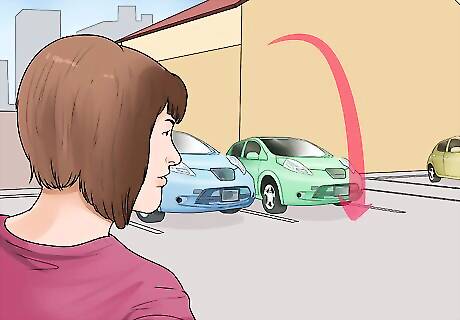
Find safe places to park. Many homeless people live out of their cars. If this is your situation, then you need to find a safe place to park. One of the best options is probably the parking lot of a 24 hour establishment in a reasonably well-lit location. There will most likely be enough traffic to deter predators, there might be security patrols, and in many cases, surveillance cameras. This location can be a gym, but there are many 24 hour grocery stores that would fit the bill as well.
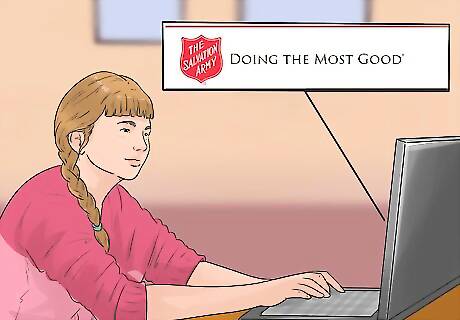
Find emergency shelter. If you don’t have a car, you’ll need to find emergency shelter for yourself and your children. The policies and eligibility requirements of each shelter vary, and the rules can be specific, rigid, and restrictive, so be sure to ask. The Salvation Army is one resource for emergency shelter. Locate a Salvation Army branch at http://www.salvationarmyusa.org/usn/housing-and-homeless-services. You can also locate shelters that receive federal funds on https://resources.hud.gov/. and other similar sites. Simply click on options that say “locate homeless resources.” There are a variety of shelters and community programs that offer subsidized housing programs. Unfortunately, these are not always well known or well publicized. here are a number of organizations and legislation that has passed to help those who are homeless, such as: YMCA; YWCA; HUD - Homeless and Housing Programs; Street Outreach Program (SOP); Maternity Group Homes for Pregnant and Parenting Youth Program (MGH); Transitional Living Program (TLP); Basic Center Program (BCP); among others. Make sure to look for the best options in your region.
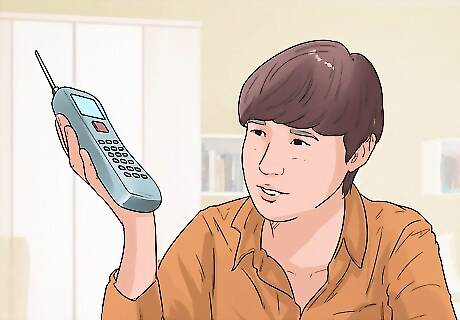
Get a phone. Once you have found emergency food, bathroom facilities, and some type of shelter, you need to make sure that you can communicate effectively, particularly with emergency services. Although prepaid “burner” phones are an option, the best option is probably the Lifeline Program. Lifeline phones are subsidized by the US government specifically for low-income people. Apply at http://www.usac.org/li/. For 2016, Lifeline phones come with 500 voice minutes and 500 MB of mobile data at 3G speeds. Eligible parties include: people with income at 135% or less of the Federal Poverty Level; who are on Medicaid, SNAP, or Head Start; receive Federal Public Housing Assistance, certain types of Veteran’s Pensions or Survivor’s Benefits or any one of numerous types of aid administered by the American Indian Tribal governments.
Keeping your Family Together
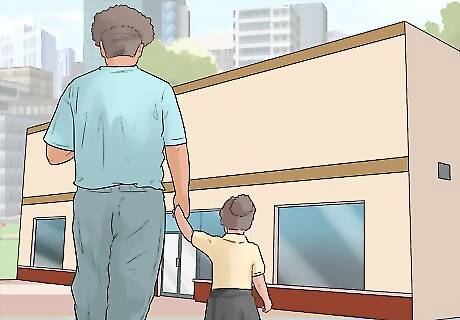
Keep the kids in school. Not only is it mandatory for your children to be in school, it helps their well-being and keeps the authorities off of your case. If you don't have a permanent address, use the address of your emergency shelter. A lot of school districts will have specific policies to address homeless parents, but this is probably going to be your best bet if you want to avoid questions. For location-specific information, look up the residency policies of your local school district. Keeping your kids in school also allows you to apply for the free lunch programs, which reduces the financial burden on yourself. There have been a number of acts and bills passed to ensure that children and youth are capable of receiving a proper education. The McKinney-Vento Homeless Assistance Act is a federal law that was enacted to provide assistance and ensure that all children who are homeless are capable of obtaining a proper education, having the same opportunities as a child who is housed.

Make sure that your children have food and shelter every night. Being poor is not a crime, and poverty is generally not grounds for losing custody of your children. However, not being able to shelter and feed your family is usually grounds for losing custody. Food and shelter are terms which are construed liberally. Emergency shelter counts as shelter, and so does your car.
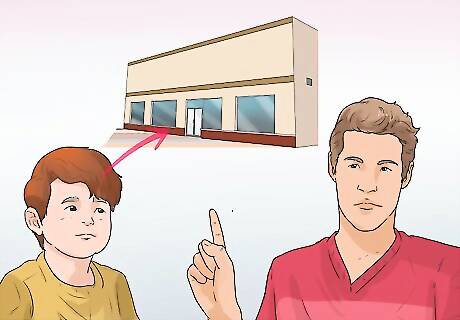
Look for Head Start programs. If your children are 5 or younger, enrolling them in a Head Start program can serve some of the same function that having them in school would have. Head Start encompasses a variety of services that might be broadly called day care. However, Head Start is far more comprehensive than an ordinary day care, providing nutritional, health, and educational assistance. Head Start programs last from four hours to eight hours, although programs for 0-3 year olds are at least six hours per day. Locate a local Head Start program at https://eclkc.ohs.acf.hhs.gov/hslc/HeadStartOffices.

Consider putting your children in the temporary custody of another family. This can be your extended family, a friend, or a foster family. A state foster system should be your last resort. Not only will it create a record of state involvement, but you will have to meet certain conditions to get your children back. In other words, they get to decide when to give you your children back, not you. Although a trusted friend or family member will most likely be your first and best option, if you can't find one who is willing to take temporary care of your children, there are non-profit organizations that may be able to help. Safe-families.org helps parents in precarious situations make arrangements to care for their children with other volunteer families. They are not part of the state foster system, so you can get your children back whenever you are ready.
Bouncing Back

Find permanent shelter. Sleeping in your car or at an emergency shelter can be fine for a short term solution, but finding permanent shelter is a must. The US Federal government operates a number of programs offering housing assistance for low-income people which are usually administered by state and local agencies. These include Section 8 Housing Vouchers, public housing projects, and subsidized private housing. The HUD website at https://resources.hud.gov/ is probably the best place to start to find available options in your area if you are located in the USA. It has links to all of the state housing authorities, which should let you know if your state offers additional aid. Private charities also assist in finding housing for homeless individuals and families. However, the vast majority are strictly local. Some national charities offering housing assistance include: http://www.coabode.org, http://www.habitat.org/, and http://www.salvationarmyusa.org/usn/housing-and-homeless-services. Also, http://bridgeofhopeinc.org/ and http://www.mercyhousing.org/propertylocations operate in 12 and 21 states, respectively.

Apply for Medicaid if you can. All US states have varying requirements for Medicare. While many states allow adults who are not disabled (and simply poor) to enroll, many other states do not. Even states with the most restrictive Medicaid eligibility requirements allow impoverished children to enroll in Medicaid, so you can make sure that your children receive medical care if you can’t.
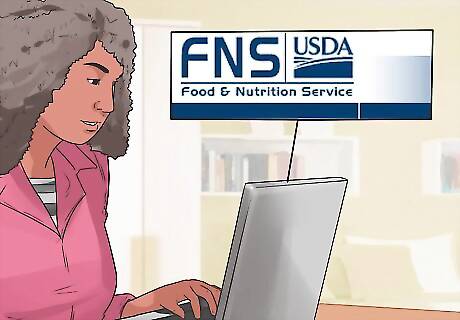
Apply for SNAP if you qualify. SNAP stands for Supplemental Nutrition Assistance Program. It’s what used to be called “Food Stamps.” These days, people aren’t issued stamps, they’re issued cards. It’s one of the most widely used government assistance programs. Like many governmental assistance programs, the eligibility requirements are determined by a multi-factor formula, and since each state has a different cost of living, income requirements can vary from state to state. Generally, SNAP eligibility is pegged to the poverty level—you need to be at the poverty level to be eligible for SNAP. However, poverty is determined by your net income after many deductions are made. You can check your eligibility at http://www.snap-step1.usda.gov/fns/. If you still have questions about the process, check out the guide at Apply for Food Stamps in the US
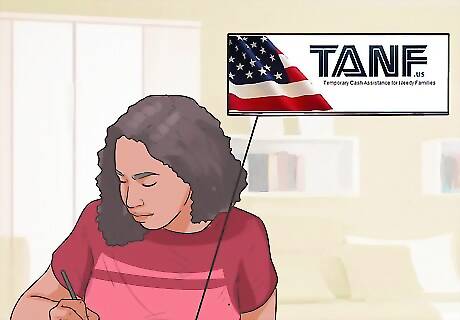
Apply for TANF if you live in the USa. TANF stands for Temporary Assistance for Needy Families. It’s what a lot of people think of when they think of “welfare,” meaning that it’s a straight cash benefit. It’s also one of the most difficult forms of public assistance to get. Learn more about the process at Get Welfare As is the case with many of these programs, states determine eligibility requirements. However, In every state but Wisconsin, the maximum eligible income for receiving TANF is less than the federal poverty level. The benefits can also be heartbreakingly low. States also have a lot of control over how much they give in aid, and the least generous states give very, very, little. In Mississippi, for example, an individual making $100 a month would only receive about $170 in TANF benefits.
















Comments
0 comment